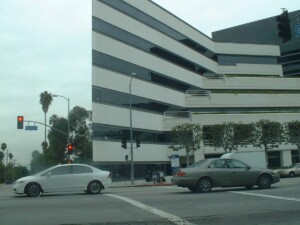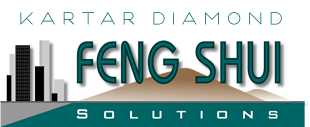
What follows below is a brief excerpt from my Case Study Number 2 about Poison Arrows. This is a concept which virtually all Schools of Feng Shui teach. It is a fundamental example of Qi flow.
“A poison arrow is an architectural or design feature which defines the sharp edge of a corner. It is a shape or the result of a shape that can direct negative energy toward something else.
If that corner is pointed directly at a person (on a small scale), or another building (on a large scale), it can cause harm.
The harm we speak of can be as mild as an uneasy feeling and irritation. The harm could also exacerbate a health problem when the exposure to the “poison arrow” is chronic.
In the Big Picture, the concept of the Poison Arrow is just one manifestation of sha qi and that is why it is recommended that the whole of Qi and Qi Flow be studied on a deeper level. We have that saying “water seeks its own level,” which is metaphorical, but rooted in the physics of how water spreads and moves downward unless it is diverted or constrained by the shape and form of what it is around.
There is a pattern of movement where Qi spirals upward or downward, unless forced to move in a straight line. This constriction of the Qi, by definition, can turn negative, like a cell going haywire and turning cancerous.”
Like other case study lesson plans, this one is available to the public from my website and it includes a lot of photo examples. A complementary Case Study is the one about the Triangular Shape for structures and lots.
The poison arrow can take shape in other threatening structures and images above and beyond just the corner of some surface. We have that saying, “If looks could kill,” and Feng Shui specializes in identifying both objective and subjective features around us, which can cause harm or at least stress. The street alignment which forms a T-junction is also one type of poison arrow, aimed at a whole house.
Author: Kartar Diamond
Company: Feng Shui Solutions (R)
from the Architecture and Design Blog Series

Leave A Comment
You must be logged in to post a comment.